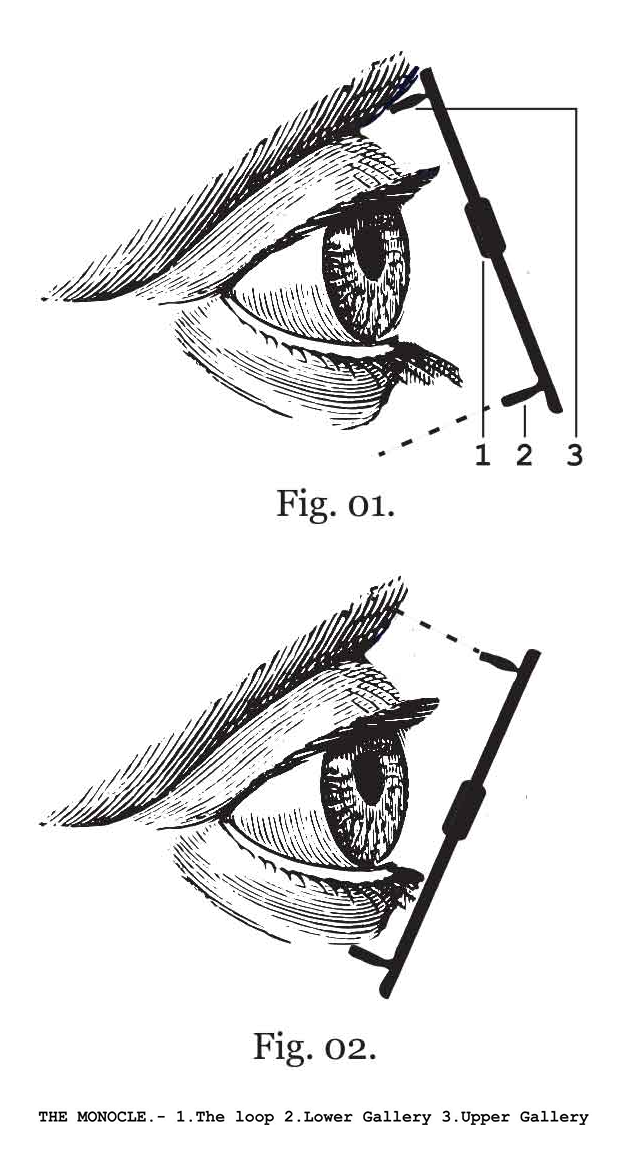How to Wear a Monocle
The monocle is a simple alternative to reading glasses and it works, it pre-dates electricity and despite being neglected for 100 years it is more relevant now in the 21st century digital age, then when it was invented in the 18th century.
The key to the success of the monocle eyepiece is its portability, you won't even know when you're carrying it, so it's never an inconvenience and never left behind. Like putting a watch on in a morning, its always there when you need it. There is an inescapable pleasure in the realisation that the blurry eyed, face contorting, arm stretching, inability to read menus and mobiles, price labels, and credit card receipts is a thing of the past.
Expect it to feel a little odd when you first start wearing a monocle but persevere and in just a few short days we are confident it will become second nature in use and will feel comfortable and natural. Once in regular use, you will wonder how you ever managed without it.

How Do You Wear A Monocle?
The monocle should not be 'gripped' using the muscles around the eye. The gallery (the raised top and bottom rim of the monocle) should be horizontal and is there to keep the lens away from the eye for improved comfort and a more secure fit.
- Step 1:
- Hold the monocle eyepiece by the loop where the pendent meets the monocle (See FIG. 01.) and 'tip it' so the top gallery makes contact first with the loose skin between the eyebrow and the top of the eyelid.
- Step 2:
- Then with a slight upward motion the bottom gallery should be brought in to contact with the skin at the bottom of the eye socket.
- Step 3:
-
With practice, this quick and easy manoeuvre will hold the monocle loosely but firmly in place.
You might also want to try placing the bottom gallery on the upper cheek first (See FIG. 02.) and then place the upper gallery in position whilst raising the eyebrow.
You might also find it easier initially if the monocle is placed closer to the corner of the eye, just play around within the mirror and experiment.
When the monocle is in position in front of the eye, both eyes should remain open. You will then find your brain compensates for both reading sight (through the monocle) and natural distance vision as seen through the unaffected eye and surprisingly you can see both without blurring.
